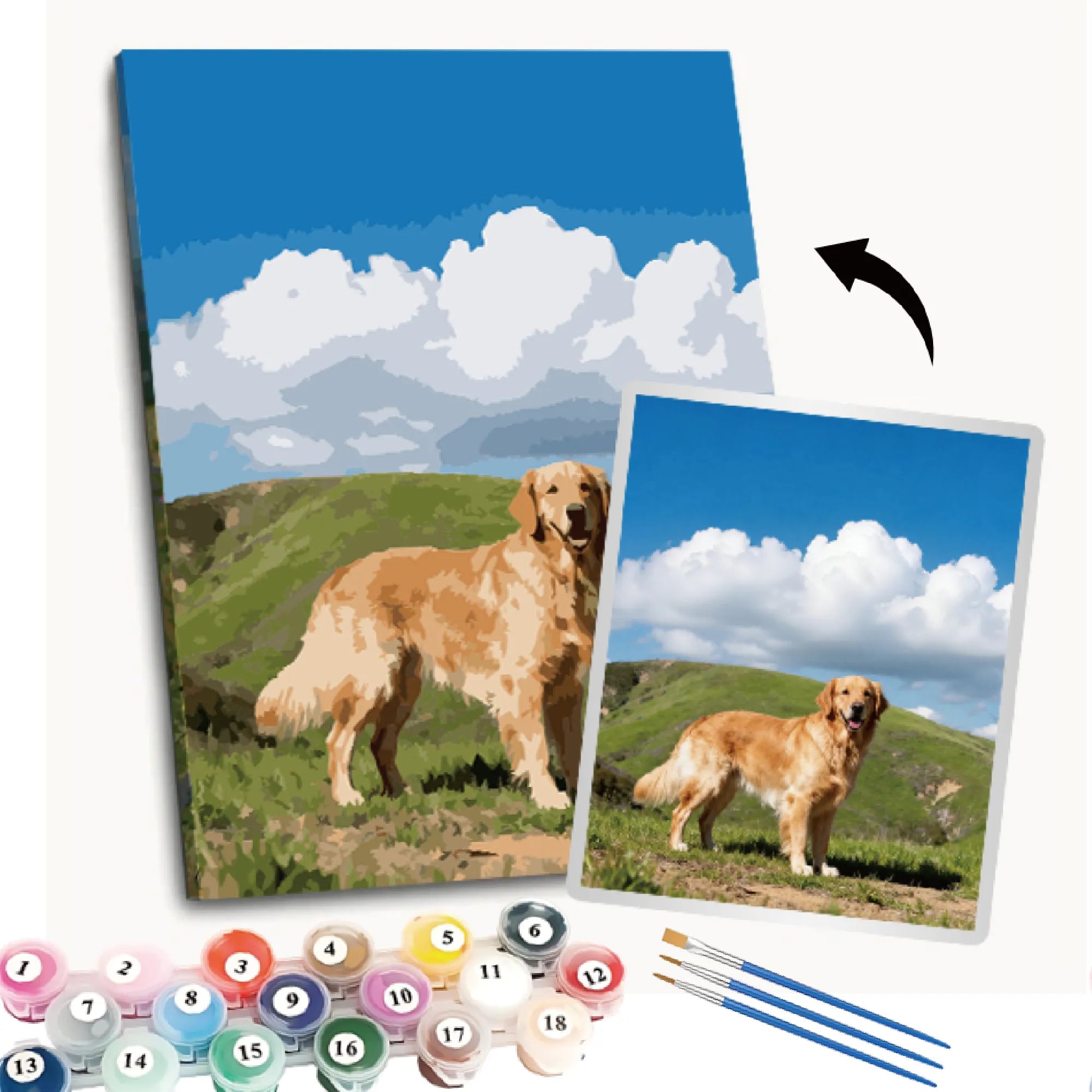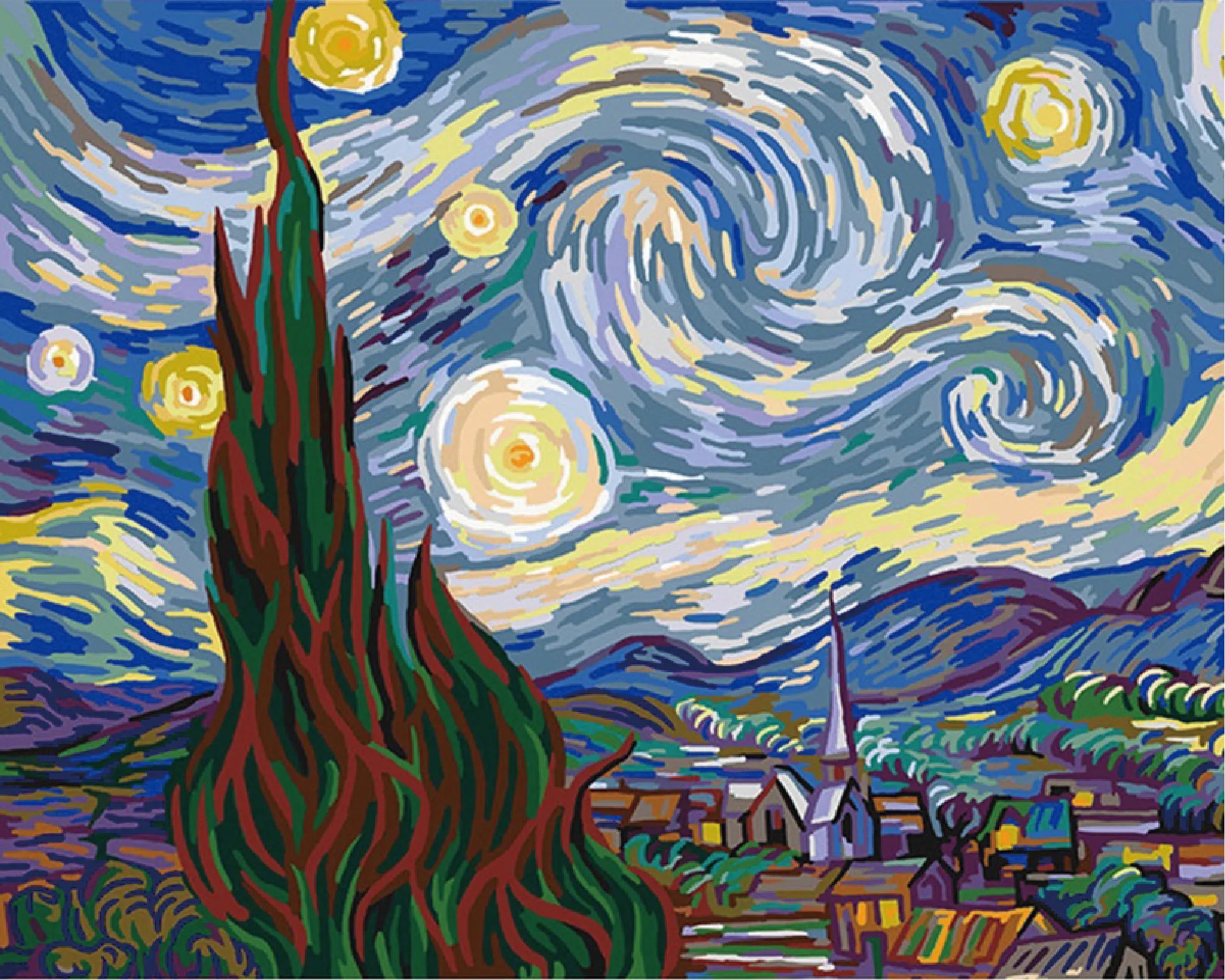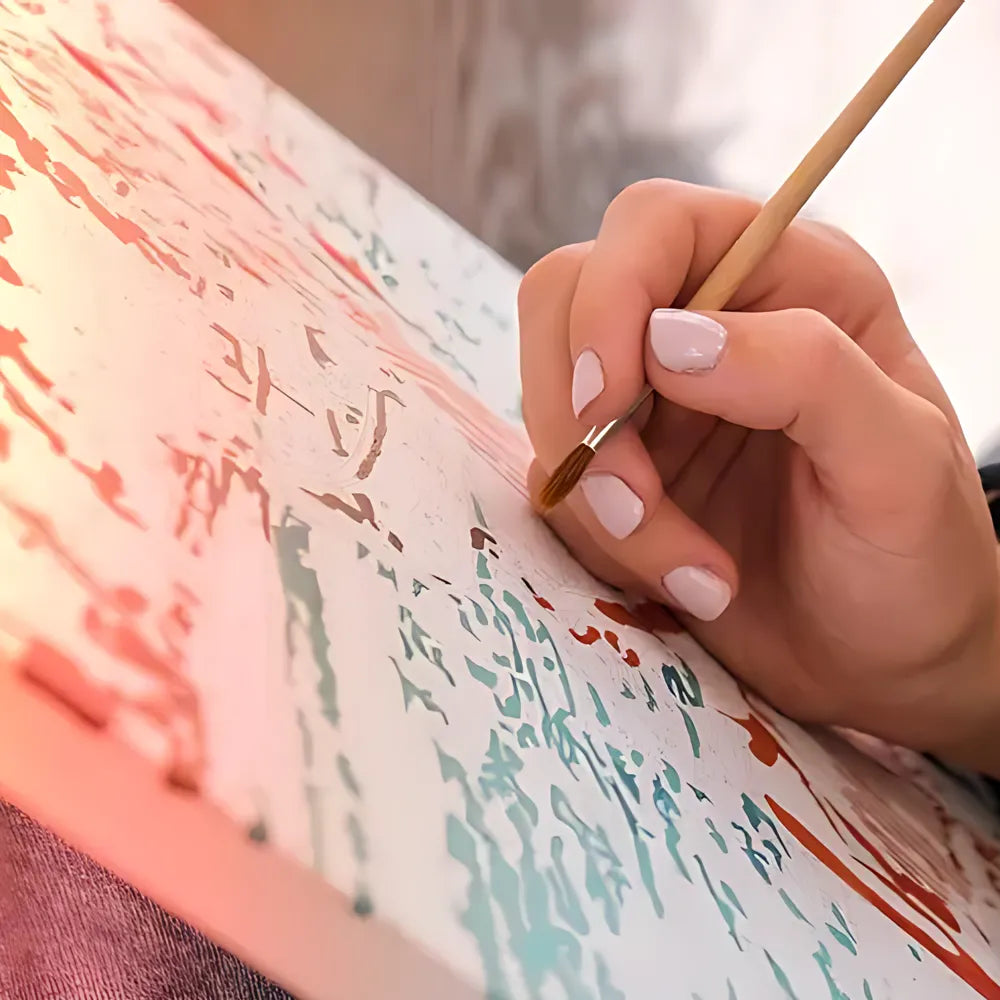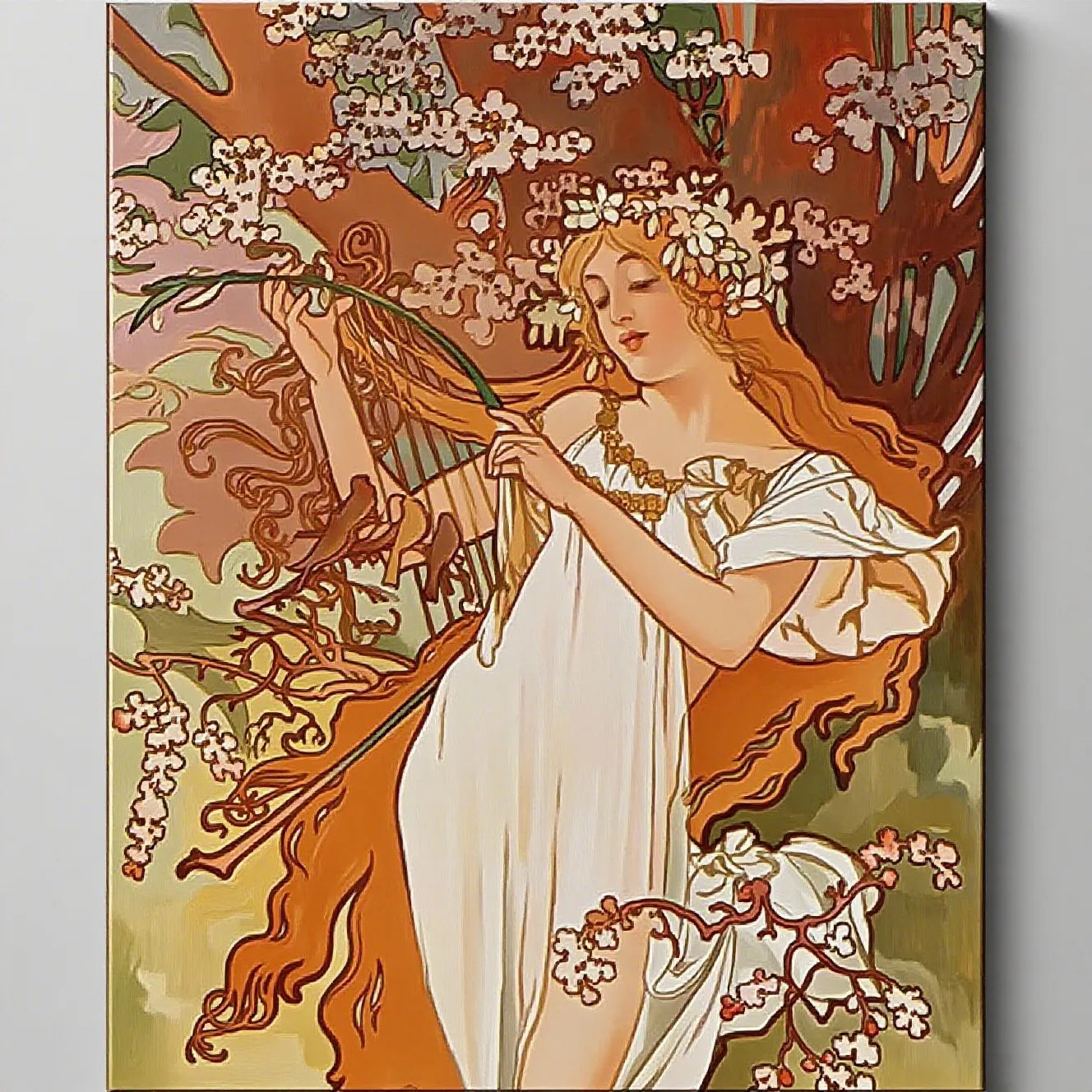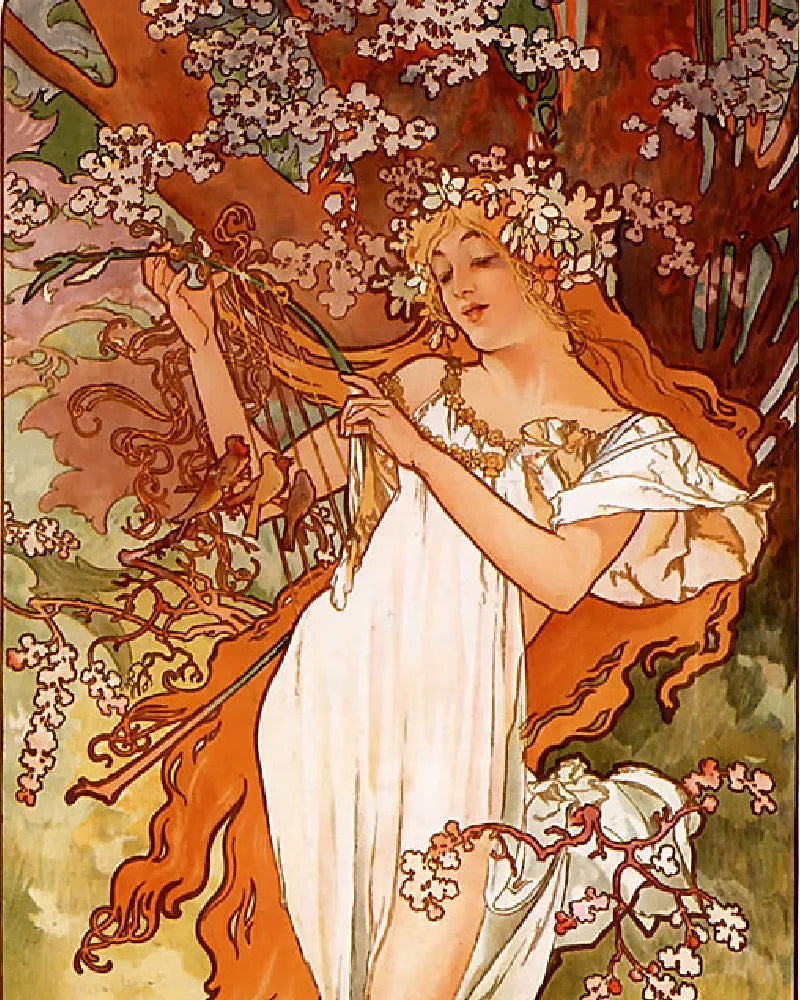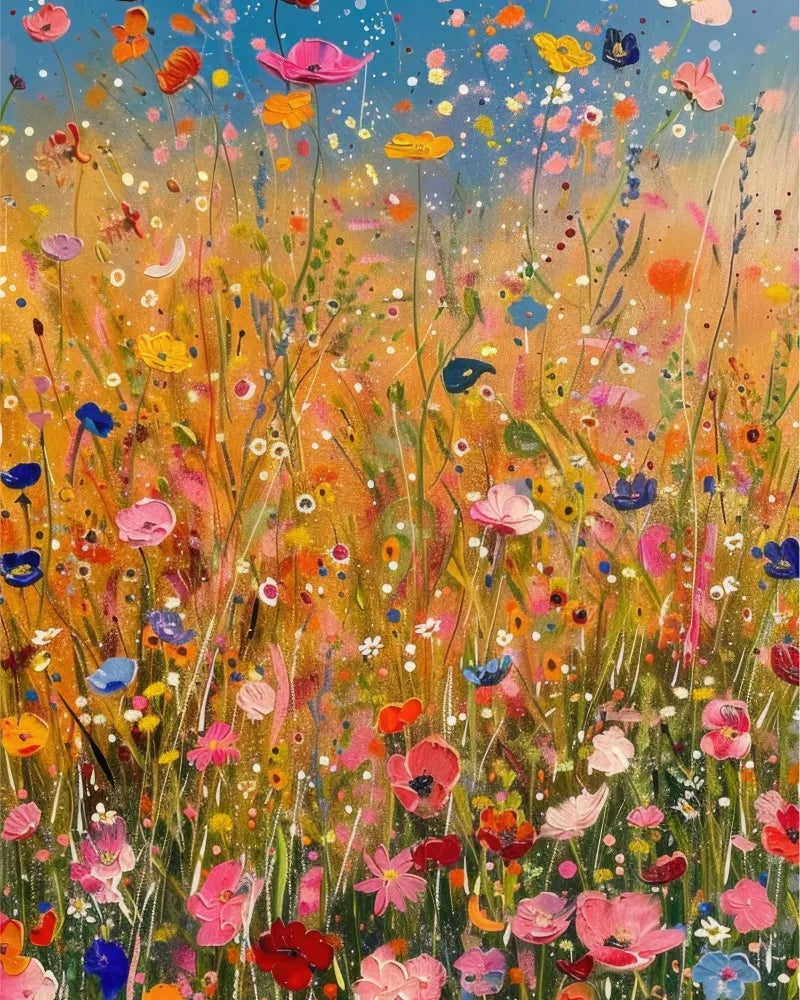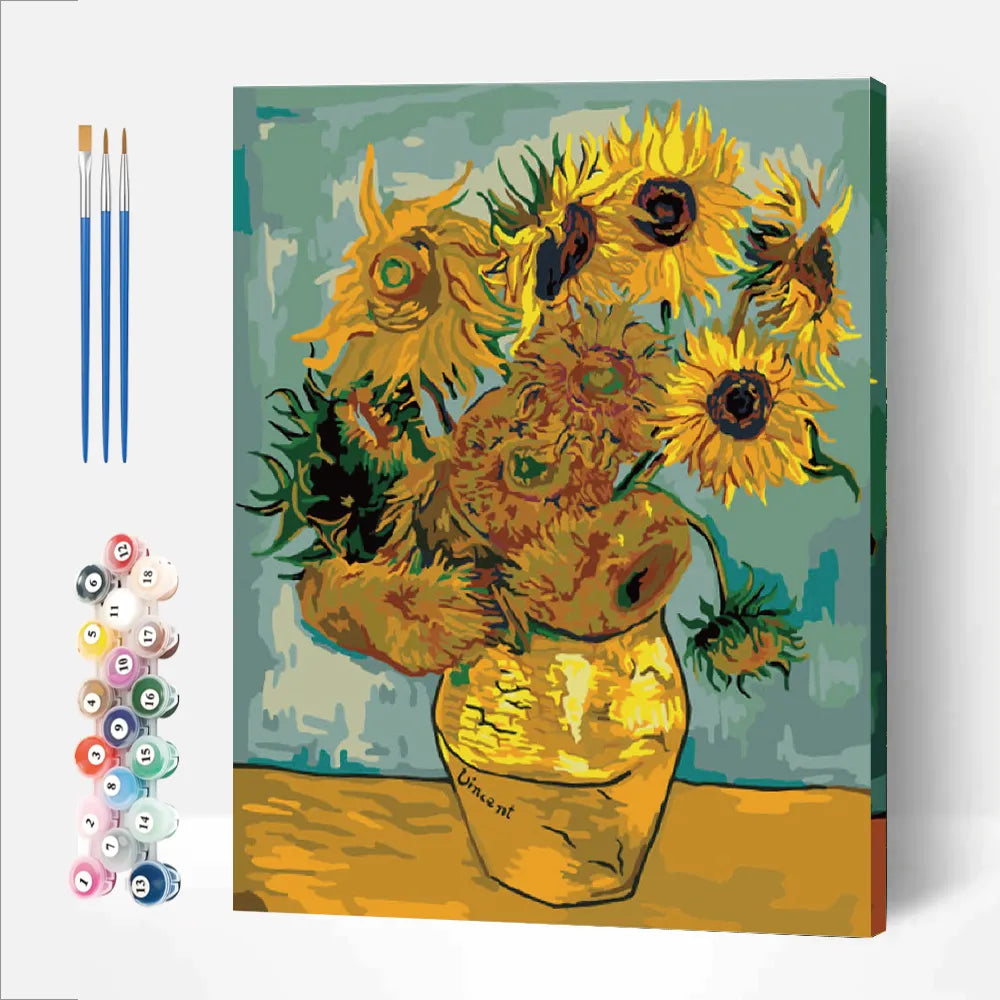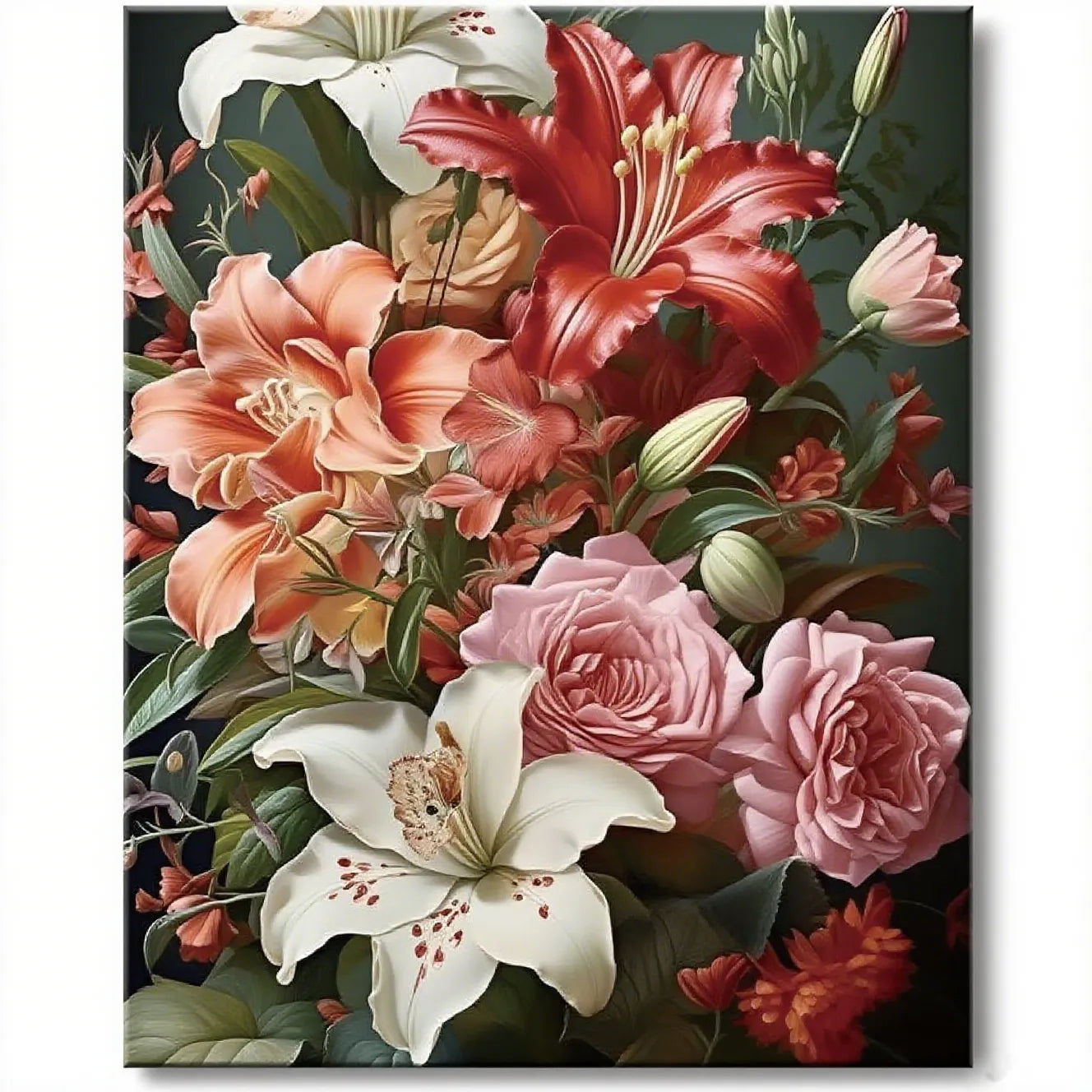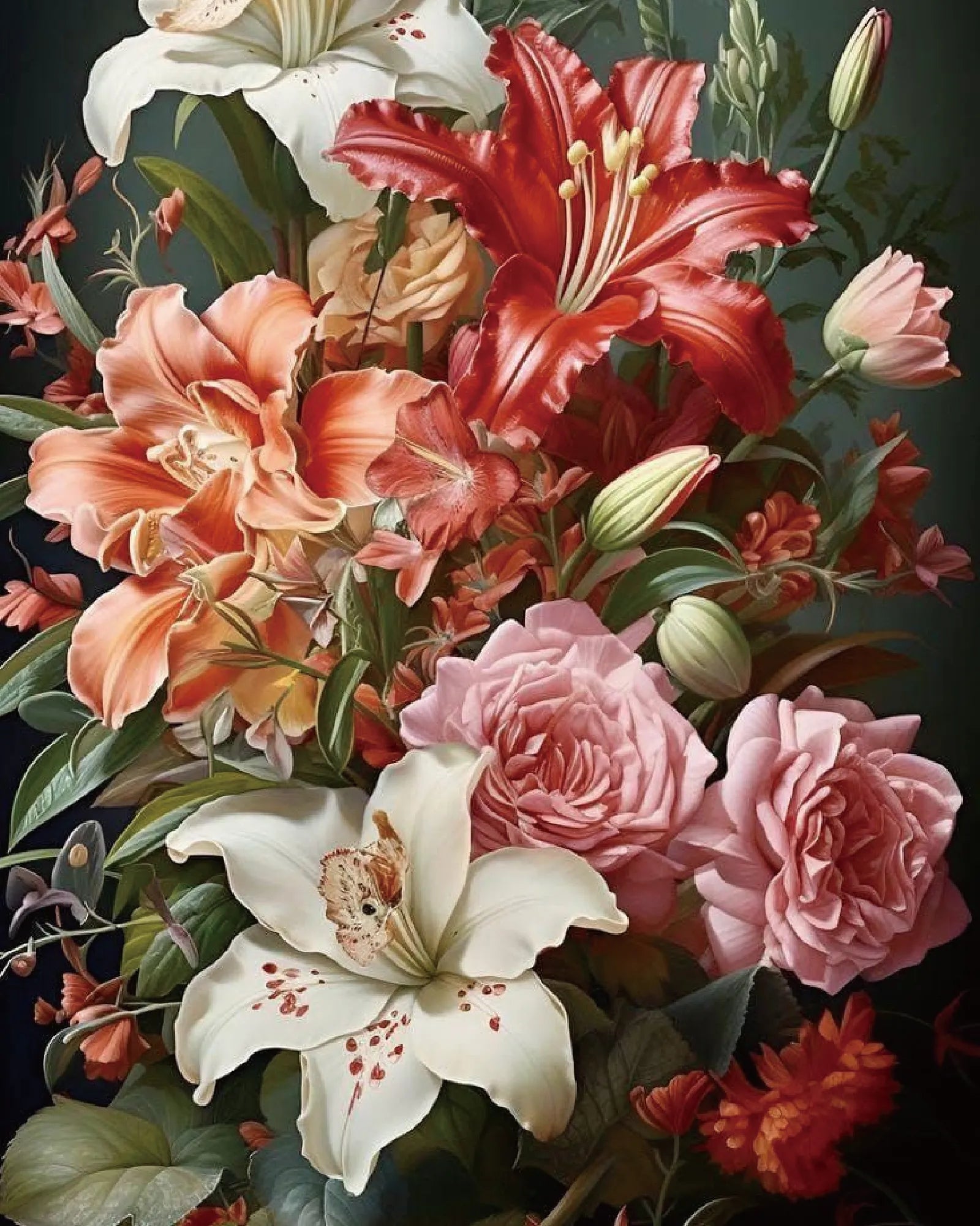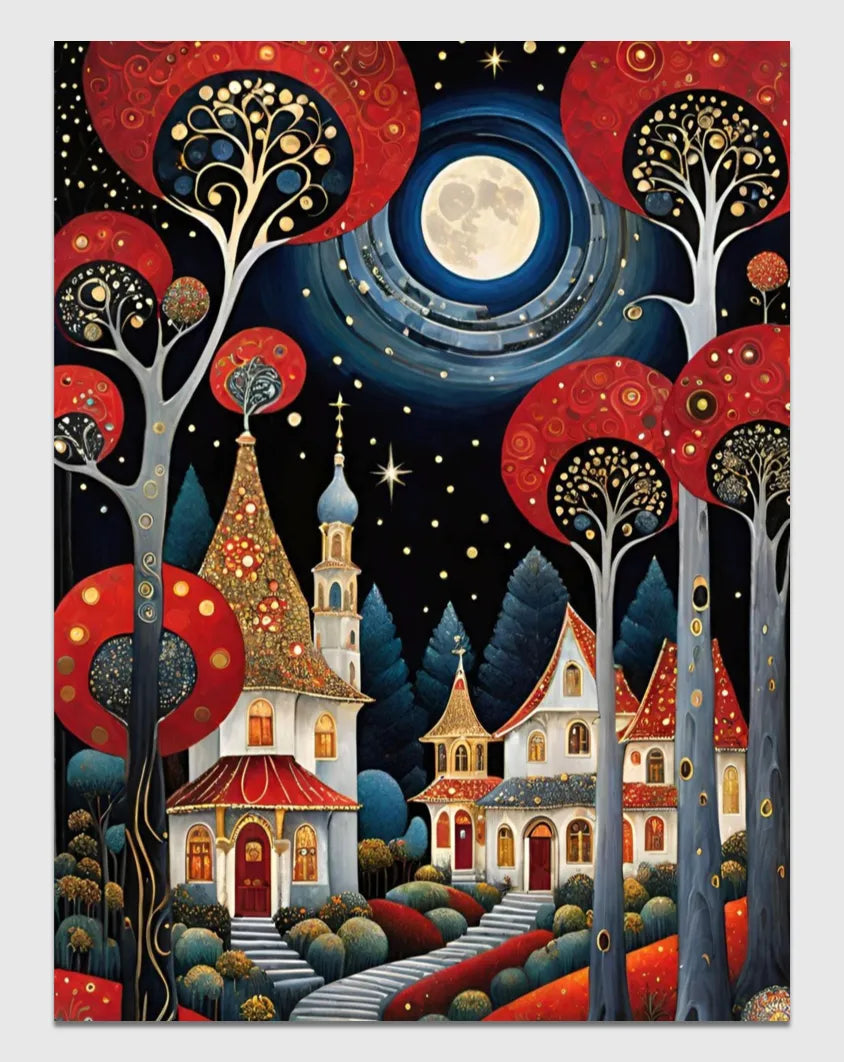Looking for a fun, creative activity to unwind with? Free printable paint-by-numbers kits might just be the solution you didn’t know you needed! With no artistic experience required, you can create beautiful works of art straight from your living room. Whether you’re a beginner or just looking for a relaxing hobby, this guide will help you get started. By the end, you’ll have all the materials and steps needed to start your artistic adventure—with no cost involved!
Free Printable Paint by Numbers
Van Gogh Paint by Numbers Collection
Starry Night

Iries

Starry Night Over the Rhone

The Mulberry Tree in Autumn

Wheat Field with Cypresses

Sunflowers

What Materials Do You Need for Free Printable Paint by Numbers?
You don’t need a fancy art studio to create your masterpiece! Here’s a list of simple materials to gather before you start:
1. Printed Paint-by-Numbers Template
- Download a free template from platforms like 1001Canvas and print it on high-quality paper. Cardstock is ideal because it can handle paint better than regular printer paper.
2. Acrylic Paints
- Acrylic paints are the most commonly used for paint-by-numbers because they are affordable, quick-drying, and vibrant. You can grab an acrylic starter set online or at a local craft store.
3. Paintbrushes
- A set of small-to-medium brushes will help you tackle both detailed sections and larger spaces. For intricate parts, thin-tipped brushes work best.
4. Palette or Mixing Tray
- While most templates come with numbered paint colors, having a palette allows you to mix shades if needed or prevent paint waste.
5. Water Cup and Paper Towels
- These will help you rinse your brushes between colors and keep your brush strokes clean and sharp.
6. Masking Tape (Optional)
- Use this to secure your template to your desk or table, preventing any accidental shifts while painting.
7. A Well-Lit Workspace
- A bright, clean area will help you see all the intricate details on your paint-by-numbers template.
Once you’ve got everything ready, it’s time to get painting. Follow this simple step-by-step guide to make the most of your experience.
Step-by-Step Guide to Painting by Numbers
Creating your first paint-by-numbers masterpiece is as easy as following these steps:
Step 1. Download and Print Your Design
Head to 1001Canvas, browse their free printable paint-by-numbers section, and choose a design that excites you. Download the file and print it on thicker cardstock paper to ensure it holds up well against paint.
Pro Tip: If you don’t have a color printer, don’t worry! The numbers and outlines are all you’ll need.
Step 2. Set Up Your Workspace
Choose a flat, well-lit surface to work on and gather all your materials. Secure your printout to the table using masking tape to prevent smudges or unsteady strokes.
Step 3. Organize Your Paints
Match each paint number to the corresponding sections on the printed template. If you’re mixing custom shades, jot down your blends for reference to avoid mistakes.
Tip for Beginners: Start by painting either the largest sections first or areas with the same color. This helps you get into the rhythm of painting while covering more ground early on.
Step 4. Use Thin Layers of Paint
Dip your brush into the paint and start filling in the numbered sections. Use thin, even strokes to cover the areas without leaving streaks or clumps. Multiple thin layers can provide better results than one thick coat.
Step 5. Rinse and Repeat
After completing one color, rinse your brush thoroughly in water and pat it dry with a paper towel before moving on to the next shade. This prevents colors from unintentionally blending on your painting.
Step 6. Focus on Details Last
Once larger sections are complete, tackle the intricate details and smaller areas. Use your tiniest brush for precise edges to make your painting pop.
Step 7. Add Personal Touches
Feel free to customize your design once the template is done. You can add highlights, unique textures, or even extra splashes of color to make the artwork your own!
Step 8. Display Your Work
Once your painting is fully dry, frame it, hang it on your wall, or gift it to a friend. Nothing beats showing off a piece of art you created yourself.
Get Started Today
With free printable paint-by-numbers templates from 1001Canvas, creating art has never been easier or more accessible. What are you waiting for? Gather your materials, download a design, and start painting your next masterpiece today. Don’t forget to share your creations with us on social media using #PaintWith1001Canvas!

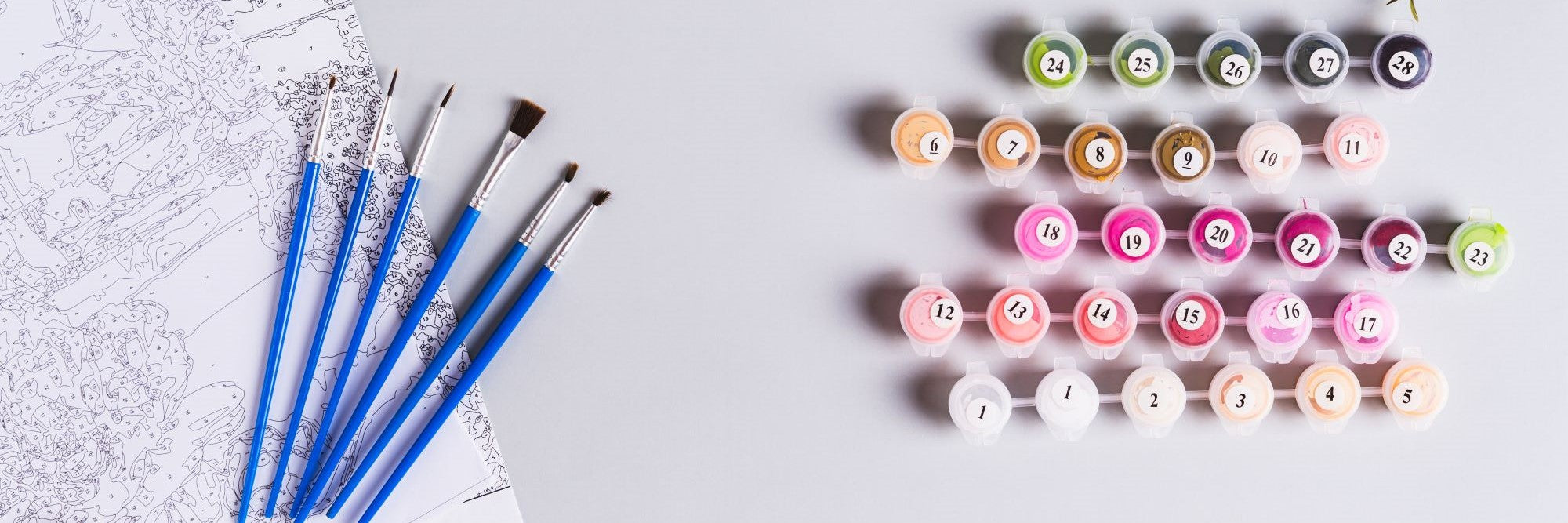








 https://1001canvas.com/blogs
https://1001canvas.com/blogs
